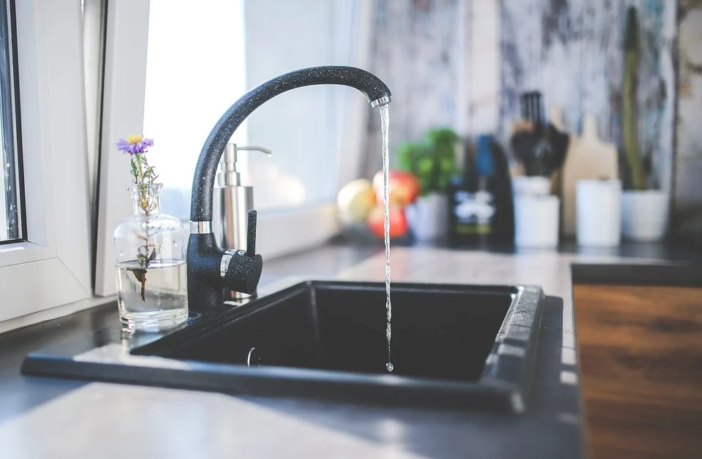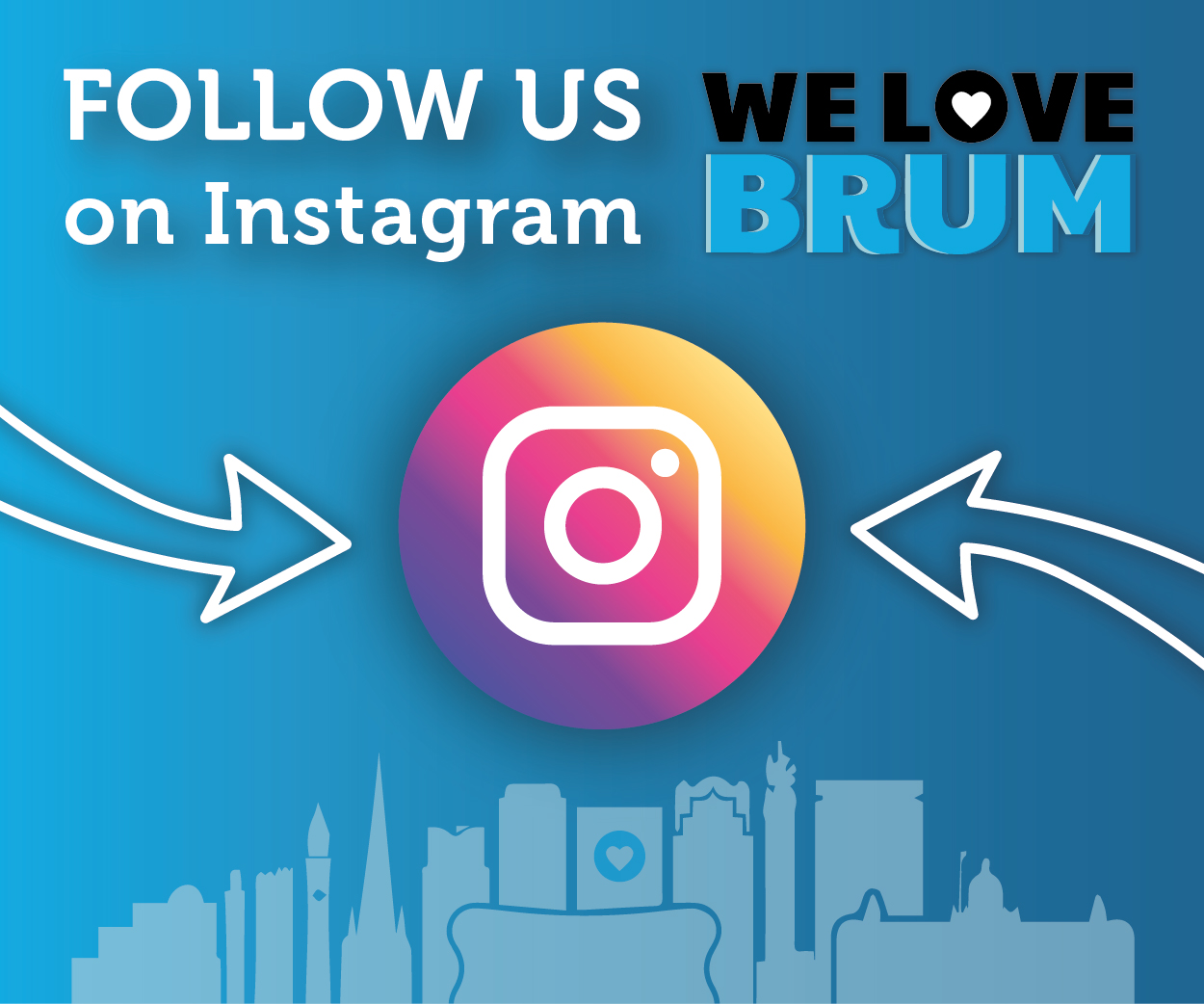The water that comes out of our taps is one of the most important aspects of our lives. We use it to cook, clean, and drink. It’s essential that the water we put into our bodies is safe and healthy. But how can we be sure that the water coming into our homes is up to par?
This article will outline some of the steps you can take to ensure the safety of your water.
What Water Are You Using?
The first step in making sure your water is safe is to know what kind of water you’re using. There are three main types of water: municipal, private well, and bottled.
Municipal water comes from a city or town water supply and is treated at a water treatment plant. The United States Environmental Protection Agency (EPA) regulates municipal water supplies. This means that the water must meet certain standards for safety before it is sent to homes.
On the other hand, private well water comes from a hole drilled into the ground. It is not regulated by the EPA and may not meet safety standards. If you have a private well, you should have your water tested regularly to ensure it is safe. And yes, if you consider drinking well water, it is possible, but it needs to go through a purification process first. As for using it for showering, cleaning, and other household purposes – it is completely safe.
The last type of water is bottled water. This water comes from a variety of sources, but it must meet the same standards as municipal water, however, it is considered to be the safest and purest option. You can usually find the source of your bottled water on the label.
Check For Lead
One of the most important things to check for in your water is lead which can enter your water through old pipes or solder in your home. If you have lead in your water, it can cause serious health problems, especially for children and pregnant women.
The best way to test for lead is to contact your local water supplier and ask for a water testing kit. You can also hire a certified professional to test your water.
If you find that your water has lead in it, there are a few things you can do to remove it. One is to use a water filter that is certified to remove lead. You can also let your water run for a minute or two before using it, as this will flush out any lead that may be in the pipes.
Check For Bacteria
Bacteria can also enter your water through old pipes or solder. While most bacteria are not harmful, there are some types that can make you sick and these include E. coli and salmonella. A water testing kit is also the best way to test for the presence of bacteria in your water and you can hire a certified professional as well.
If you find that your water has bacteria in it, you can boil it for at least one minute to kill the bacteria. This might be inconvenient if you have to do it every time you want to use water, but it is the most effective way to remove bacteria from your water. Alternatively, you can also use a water filter that is certified to remove bacteria.
Check For Chemicals
Chemicals can enter your water through industrial runoff or household cleaners. Some of these chemicals can be harmful if you are exposed to them for long periods of time. The most common chemicals that are found in water are chlorine and fluoride.
Although they are needed for water treatment, too much chlorine or fluoride in your water can be harmful. If you are concerned about the level of chemicals in your water, you can have it tested by a certified professional.
If you find that your water has chemicals in it, you can use a water filter to remove them. There are a variety of water filters that are designed to remove different types of chemicals from your water, however, they will need to be replaced more often than ones that only remove bacteria or lead, so make sure to check the manufacturer’s instructions.
By taking these six steps, you can ensure that your family is drinking safe and healthy water. While it is important to know what is in your water, it is also important to take precautions to make sure that your water is clean and free of contaminants.
Contacting your local water supplier and having your water tested is the best way to make sure that your family is safe.


